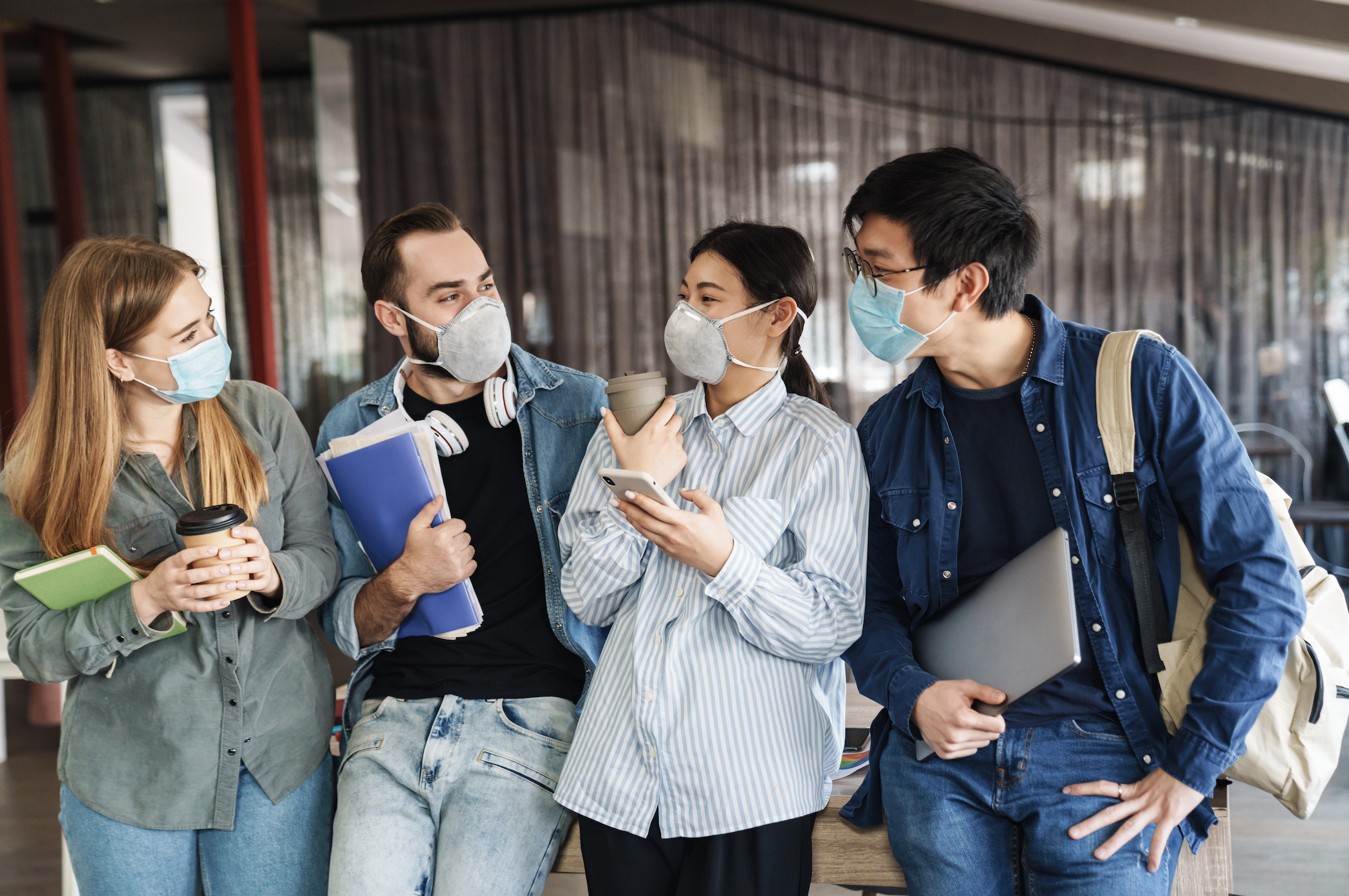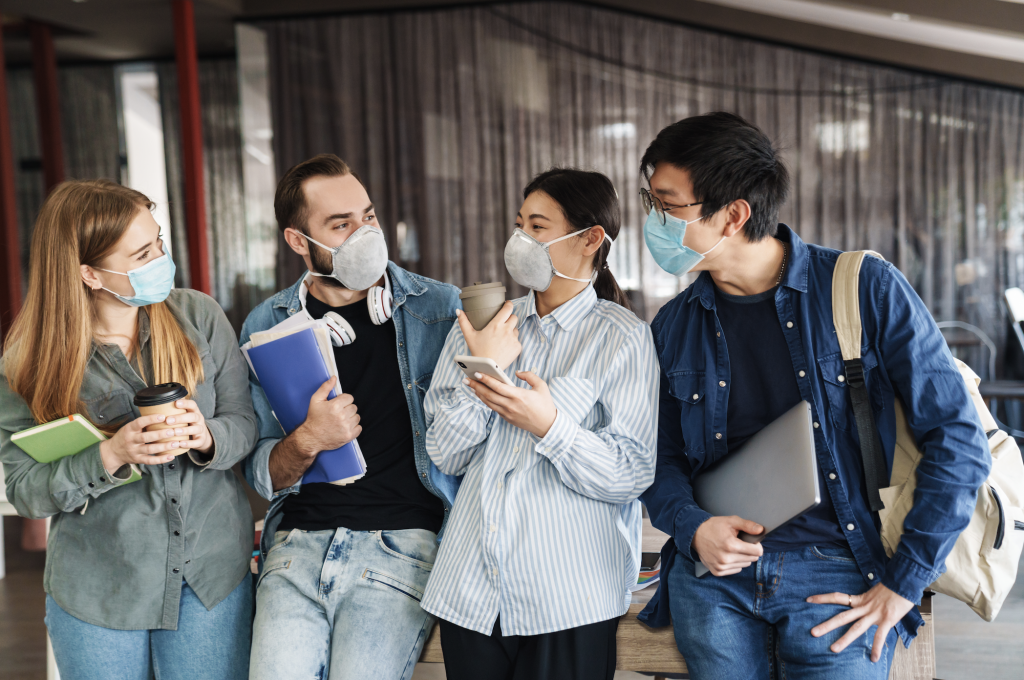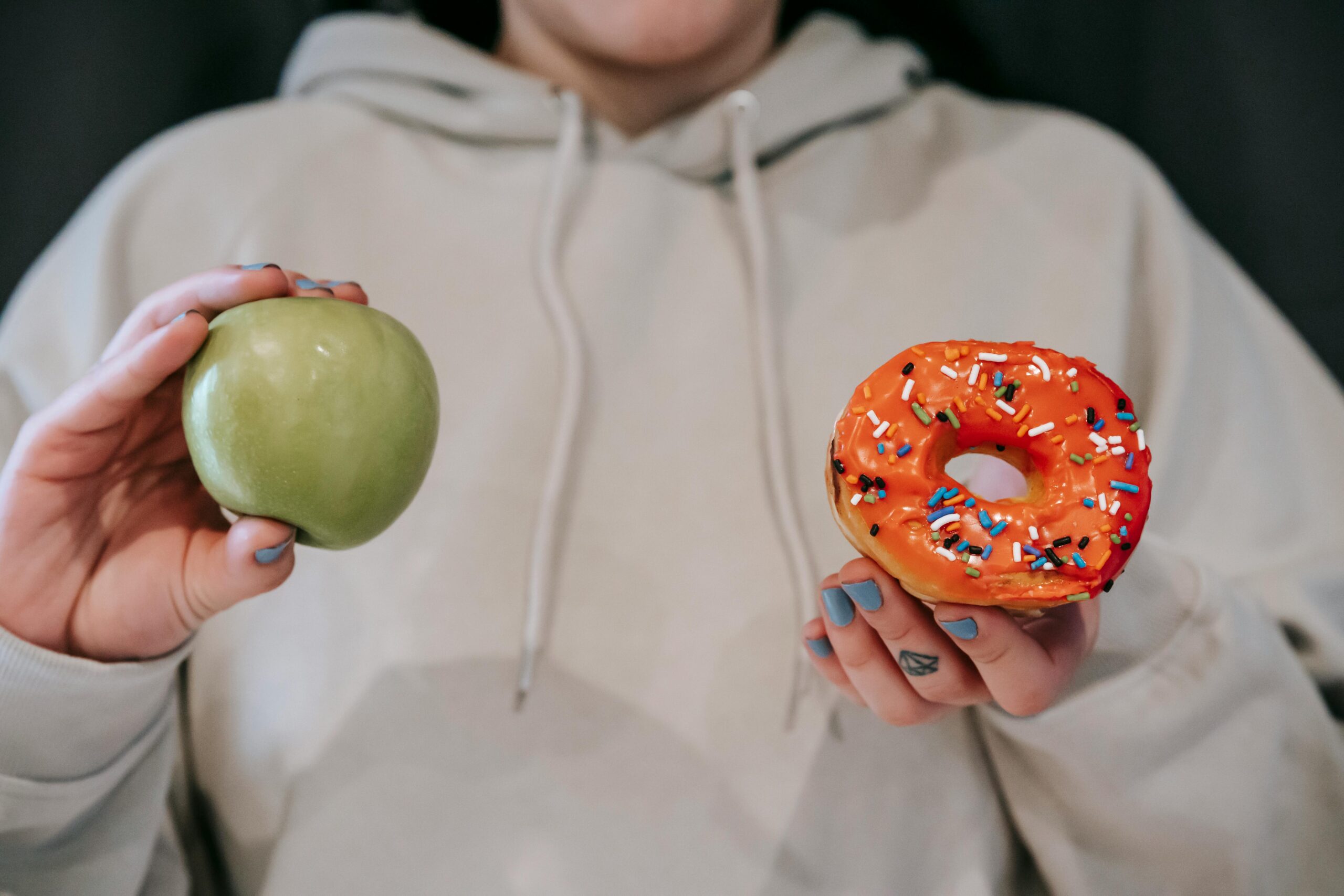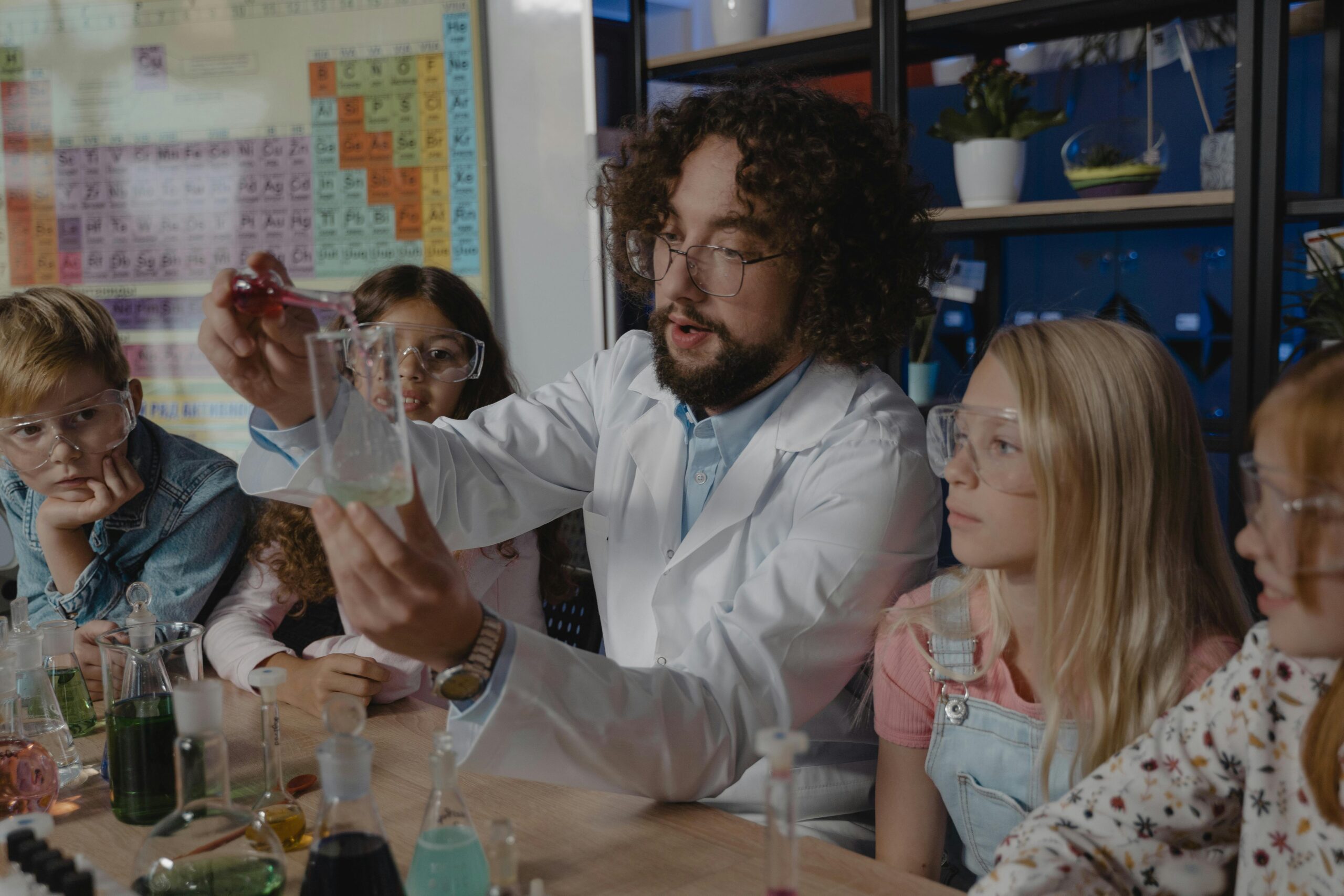
Three Tools to Bring Out the Best in the Pandemic Population
We have coined a term: “The Pandemic Population.” It represents a portion of Generation Z, high school and college students who have no memories of the 20th century as the Millennials do. They’ve grown up in the 21st century when the world was different, and they’re now coming of age in the midst of a pandemic. While Millennials were marked by September 11, 2001, as a tragic “rite of passage,” Gen Z has endured daily, ongoing tragedies (i.e. mass shootings) capped off by the COVID-19 pandemic. The 9-11 tragedy was horrific, but it took place on a specific day, in specific locations like New York City or Washington D.C., which we could visit and grieve. The coronavirus, on the other hand, has been a slow, sinister infection that’s migrated around the world, stealing jobs and lives along the way. Most of all, it has stolen our mental health. Many young adults feel postponed in 2020 as life is summarized by:
- Protests
- Pandemics
- Panic attacks

What Can We Learn From the Great Depression Kids?
I decided to learn from history. Almost a century ago, a population of kids grew up during the Great Depression. As the economy spiraled downward, hard times rose. Companies let employees go; many companies went out of business; folks learned to get by on less and share resources with each other. While the economic downturn hit hardest between 1929 and 1933, unemployment remained high for the entire decade. Many economists believe the Great Depression didn’t officially end until we entered World War II in 1941. Let’s compare the two generations:
| The Silent Generation (1929-1945) | Generation Z (2001-2018) |
|---|---|
| – Two economic slumps (1929-1939) | – Three economic slumps (2001-2020) |
| – Suicide rates increased | – Suicide rates increased sharply |
| – Food became scarce for millions | – Meat became scarce for millions |
| – Unemployment rose to 25% | – Unemployment rose to nearly 15% |
So I interviewed dozens of Great Depression “kids,” who are now senior citizens, seeking to learn what their parents and teachers did during the Great Depression that enabled them to provide for the physical and emotional needs of their kids during economic hardship. I was surprised to discover the fond memories and good experiences they all shared, despite the fact that every participant endured hardships. The Great Depression was difficult, but not devastating for most of them. So what did parents, educators, coaches, and employers communicate that helped the kids?
Six Messages Adults Shared with the Great Depression Kids
1. Be humble.
One of the consistent virtues of the Great Depression kids was humility. They realize they are but small pieces of a larger puzzle; I saw very little arrogance or cockiness among them.
2. Be grateful.
They are appreciative of the people who played a part in their progress. They realize that while they worked hard, they did not reach their goals alone. It was a team effort.
3. Be a good worker.
Work ethic is a staple for senior citizens. Everyone knew it was the measuring stick for an employee. They spoke of how adults taught them not to play the victim card.
4. Be kind.
They learned to look out for each other during the dark days of World War II and the Great Depression. They’re marked by acts of service and giving what was extra to neighbors.
5. Be resilient.
The Great Depression kids learned to bounce back after hardship, as they endured several societal setbacks as they grew up. Grit and resilience were normal and expected.
6. Be resourceful.
Because most didn’t enjoy lots of resources between 1929 and 1945, they had to learn to be resourceful. They made much out of little and discovered how to make life work.
The Tools Parents and Teachers Used to Develop Kids
Another aspect I noticed in the remarks from these Great Depression veterans was that the adults who led them embraced three common practices as they led students:
Limited amount of exposure
One advantage of the Great Depression was the absence of a 24/7 news cycle. Many said they didn’t even know they were living in a depression era. Times were hard but that was normal. Today, we’d do well to ensure kids are not consuming constant updates on COVID-19, which may only increase their anxiety. Kids who are exposed to calamity for many hours fare worse; the ones who have a limited amount early on, fare better. Today, too much media coverage can be harmful. “A study of the Oklahoma City bombings found that middle school children who watched repeating loops of television coverage were more likely to have symptoms of PTSD seven weeks later (even when none of their families were harmed), compared to children who watched less television coverage.” I believe we must put boundaries on the amount of news “loops” our kids watch. The key? Watch 30 to 60 minutes of news updates and get on with your day.
Calm and loving leaders
Each one of the Great Depression kids spoke of adults in their lives who were genuinely concerned about their personal and emotional welfare. In an article on the COVID-19’s impact on kids, Diana Divecha explained, “When uncertainty or danger strikes, children are ‘wired’ to look to their caregivers to interpret how safe they should feel. If their primary adult is calm, a child feels reassured. But if their adult is upset, the child feels unsafe, and their body and brain go into threat mode. And when the threat system is on too long without relief, physical and mental health problems can result.” The key is for kids to have an adult who continues normal routines, providing security and order amidst what may feel like chaos. Playing games. Doing chores. Eating meals. Sleeping on schedule. Recent research found that the presence of a calm adult can even reduce the levels of cortisol, the stress hormone, in a child’s body. This means you must practice self-care to offer this kind of calm leadership in times of uncertainty.
Caregivers with high belief and expectations
Several of the Great Depression kids spoke of the high expectations adults had of children back then. Resilience was expected in hard times, and belief was offered by either a parent or teacher. Research bears out that both expectations and belief play a huge role in a student’s behavior. If you expect a lot but don’t believe in them, it feels harsh. (Like a tiger mom who demands her child master the violin before dinner). But belief minus expectation feels hollow (like parents who pass out participation trophies for simply putting on a uniform). One feels harsh; the other feels hollow. When communicated together, the two were life-changing for the Great Depression kids. The combination is found in the tough feedback faculty gave to students on an assignment: “I’m giving you this feedback because I have high expectations of you, and I know you can reach them.” Expectations and belief.
Good news—I finished researching and writing a book on how to lead this pandemic population into a positive narrative when we all go back to school and work. Pre-orders are available now. This would be ideal for an entire faculty or staff to go through in preparation for the school year: The Pandemic Population: Eight Strategies to Help Generation Z Rediscover Hope After Coronavirus. To place a pre-order, CLICK HERE.






